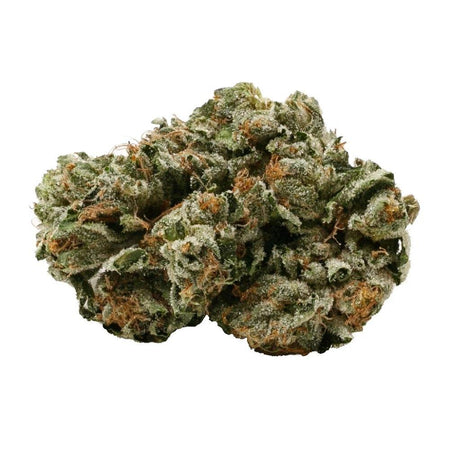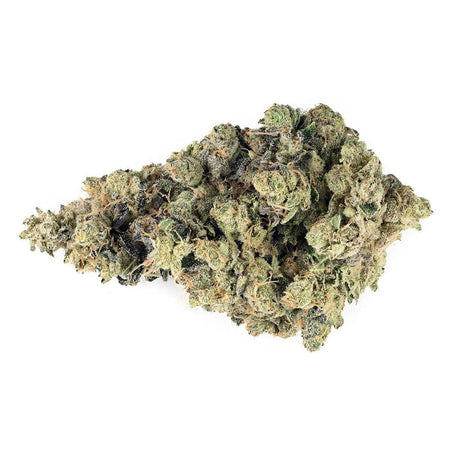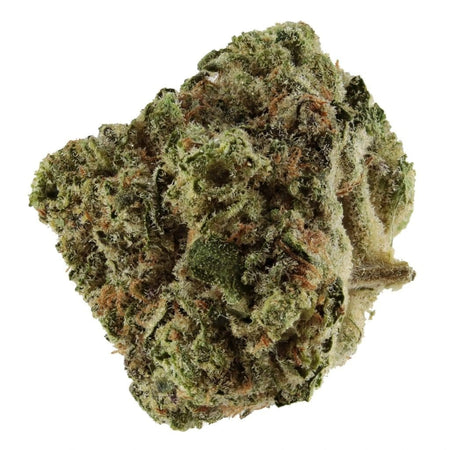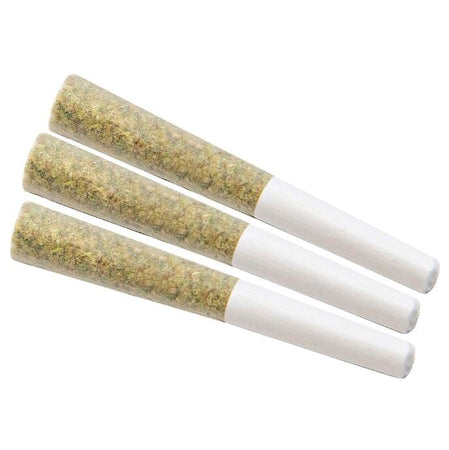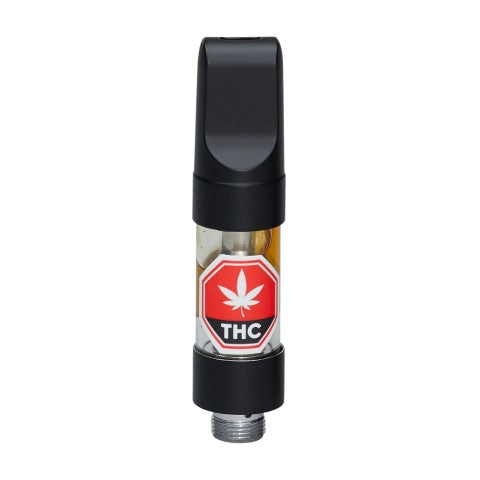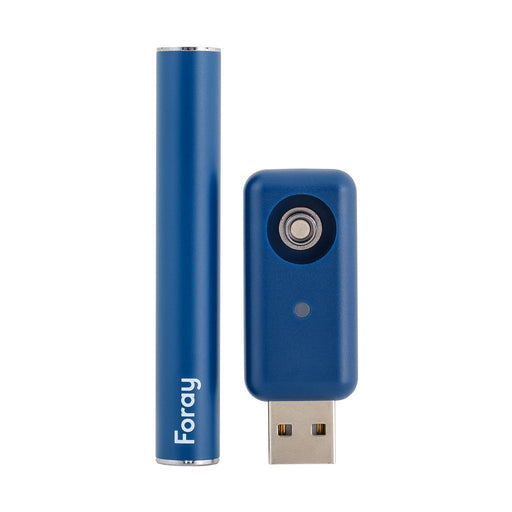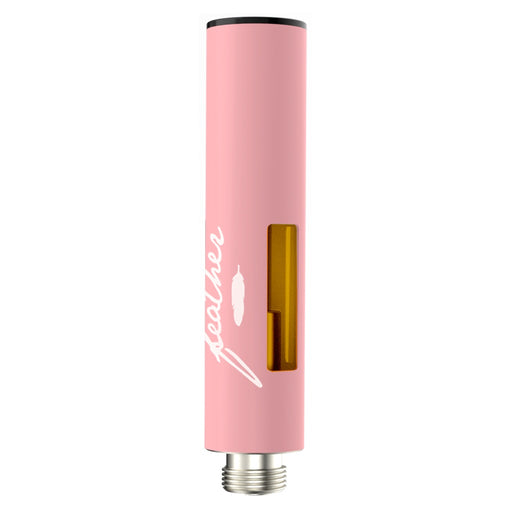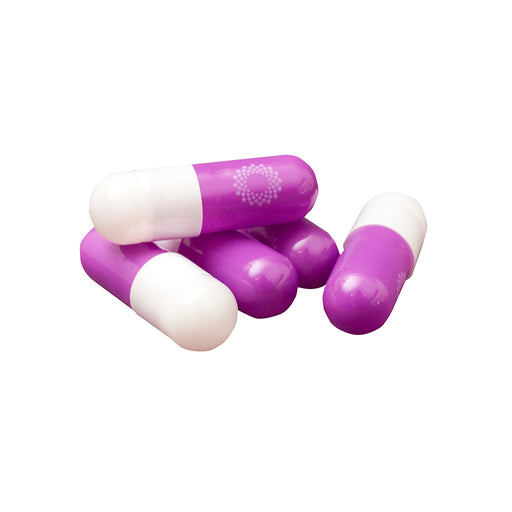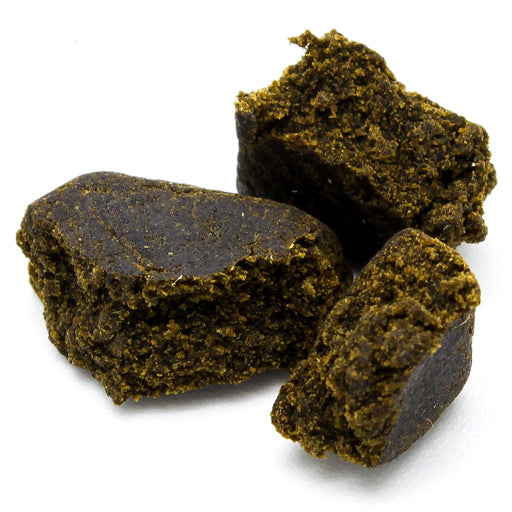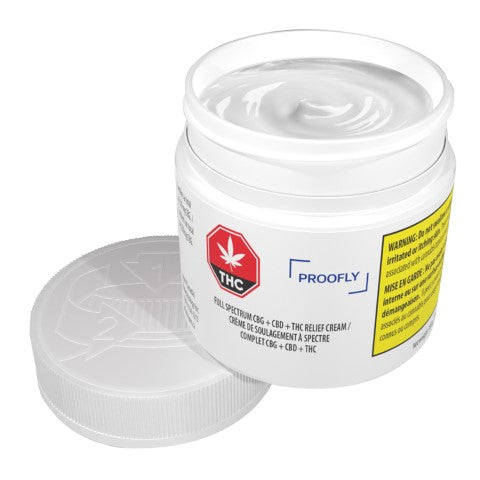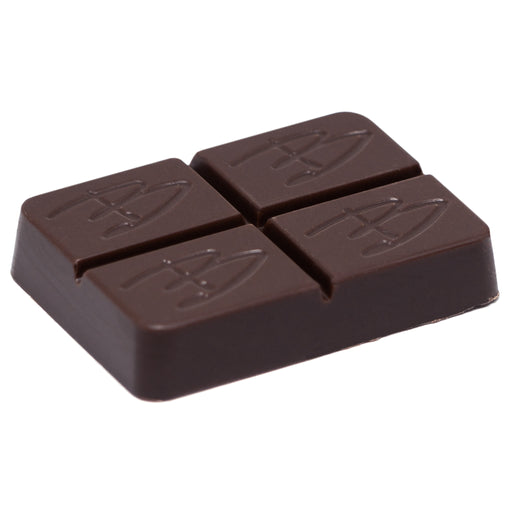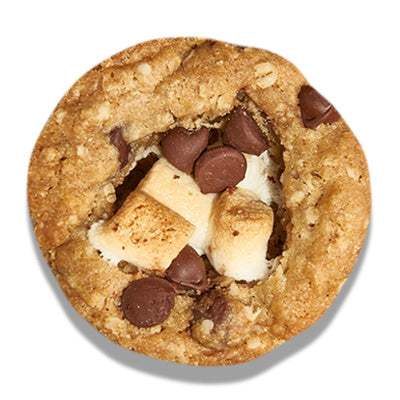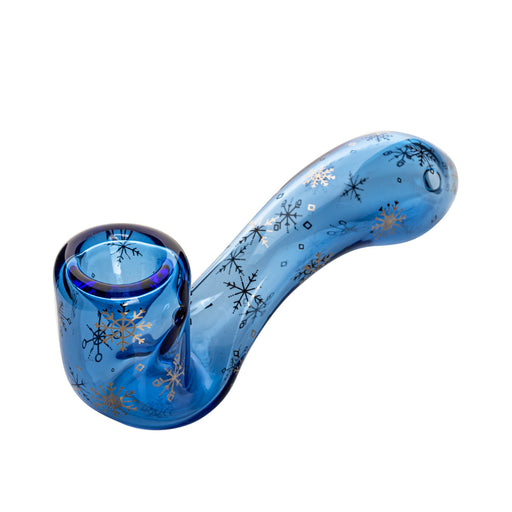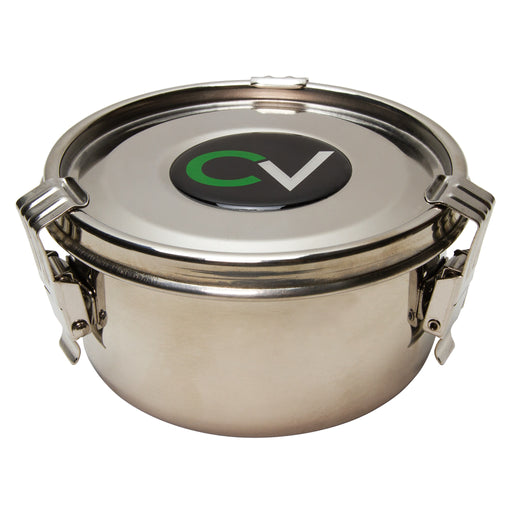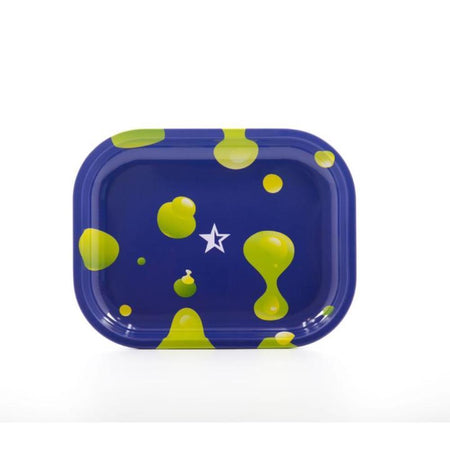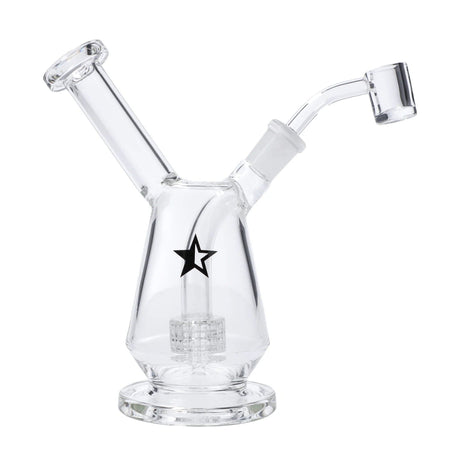Understanding the Shelf Life of Weed
The shelf life of cannabis is influenced by several critical factors, including its chemical composition, storage conditions, and packaging. Typically, when stored under optimal conditions, cannabis can remain potent and safe for consumption for a period ranging from six months to a year. However, this timeframe can vary based on how the weed is handled and stored.
One of the most significant factors affecting the shelf life of weed is its chemical composition, specifically the cannabinoids and terpenes present. Cannabinoids like THC (tetrahydrocannabinol) and CBD (cannabidiol) are responsible for the plant’s psychoactive and therapeutic effects. Over time, these compounds can degrade, leading to a decrease in potency. For instance, THC can convert to CBN (cannabinol), which is less psychoactive, resulting in a less intense experience.
Storage conditions play a pivotal role in preserving cannabis. To maintain its freshness and potency, weed should be stored in a cool, dark place with low humidity. Exposure to light, heat, and moisture can accelerate the degradation of cannabinoids and terpenes. Ideal storage conditions involve temperatures between 60 to 70°F (15 to 21°C) and relative humidity levels around 55 to 65%. Using airtight containers, such as glass jars with airtight seals, can further protect cannabis from exposure to air and other external factors that contribute to its deterioration.
Packaging is another essential element in prolonging the shelf life of weed. Proper packaging helps shield cannabis from environmental factors that can lead to its degradation. High-quality, airtight packaging can maintain the integrity of the cannabinoids and terpenes, ensuring the weed remains potent and effective for a longer duration.
In summary, understanding the factors that influence the shelf life of weed, such as its chemical composition, storage conditions, and packaging, is crucial for maintaining its quality. By ensuring optimal conditions, cannabis users can extend the freshness and potency of their weed, providing a more satisfying and effective experience.
Identifying Signs of Weed Deterioration
Recognizing the signs of weed deterioration is crucial for ensuring a safe and enjoyable cannabis experience. One of the most evident indicators of expired or deteriorated cannabis is a change in color. Fresh cannabis typically boasts vibrant green hues, often accompanied by purples and oranges depending on the strain. However, when cannabis starts to deteriorate, it may turn brown or yellow. This discoloration can signal that the cannabinoids and terpenes have degraded, reducing the potency and flavor of the product.
The presence of mold and mildew is another significant sign of weed deterioration. Mold can appear as white, fuzzy spots or powdery mildew on the surface of the cannabis. Consuming moldy weed poses serious health risks, including respiratory issues and infections, particularly for individuals with weakened immune systems. It is essential to inspect cannabis closely before use, looking for any unusual growths or discolorations that could indicate contamination.
A loss of aroma can also suggest that cannabis has expired. Fresh cannabis is known for its rich, distinctive scent, which is a result of its terpene profile. If your weed no longer has a strong smell or has developed a musty or off-putting odor, it is likely past its prime. This olfactory change often accompanies a decline in flavor and overall smoking experience.
Texture changes, such as excessive dryness or brittleness, can further indicate weed deterioration. While some degree of dryness is expected, especially in older cannabis, excessively dry weed can crumble easily and may produce a harsh smoke. Conversely, overly moist weed can be a breeding ground for mold and mildew. Ensuring that cannabis is stored in an airtight container at an optimal humidity level can help maintain its texture and freshness.
To check for these signs, consumers should regularly inspect their cannabis for any visual, olfactory, and tactile changes. If any signs of deterioration are detected, it is best to dispose of the product safely. Avoid consuming expired cannabis to prevent potential health risks and to ensure the best possible cannabis experience.
